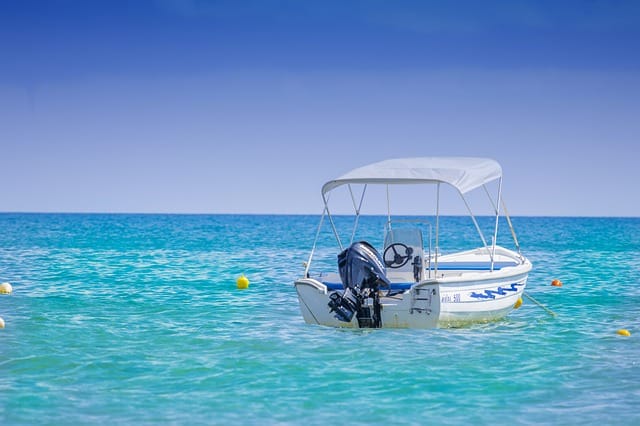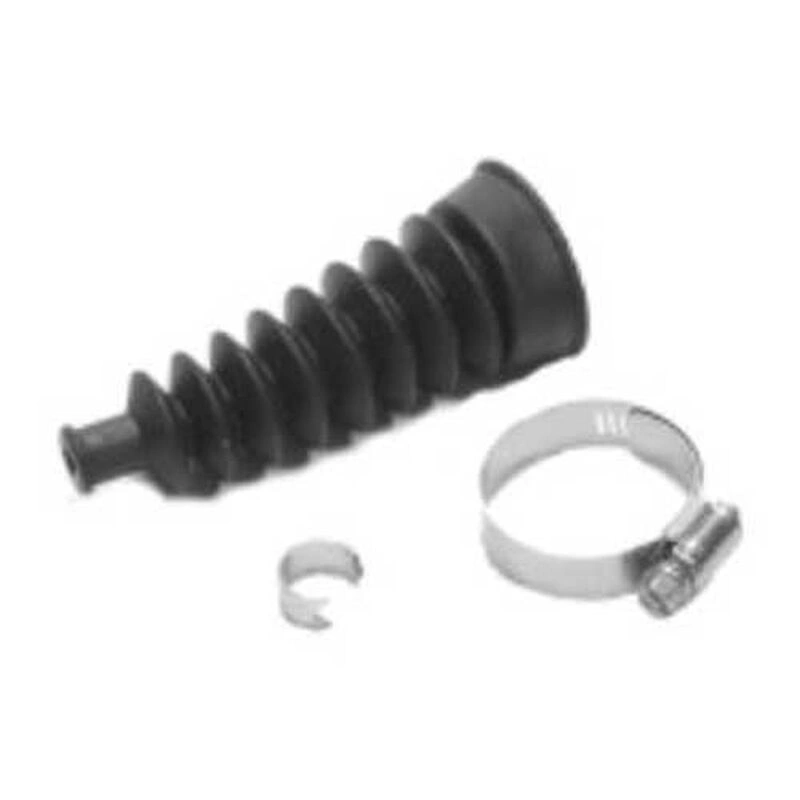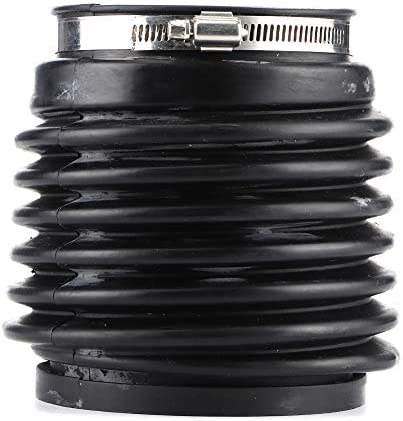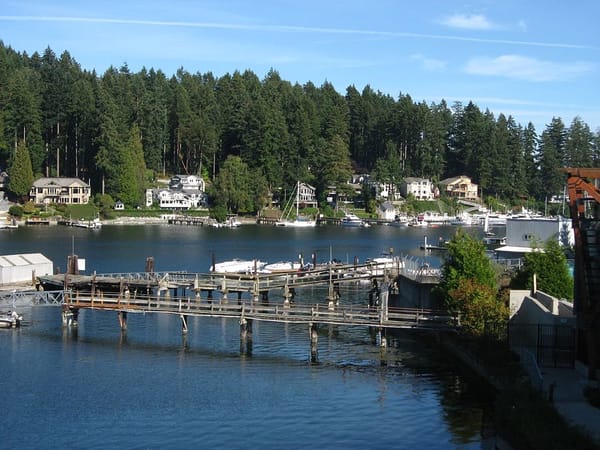The Basics of Boat Bellows

Bellows play an important role in the safety and maintenance of a boat. Found on sterndrive boats (they’re not on boats with outboard engines), bellows are in the lower drive unit of the boat. Personal watercraft, or jet skis, also have bellows (located in the lower drive unit for steering purposes).
If you happen to be doing work on your boat at a private boat dock for rent, you may want to brush up on just exactly what bellows do and why they’re important. If nothing else, you can impress your friends with your vast knowledge of boat parts. You never know when that category might come up on Jeopardy or the next round of Trivial Pursuit.
In short, bellows are gaskets that protect the boat’s engine from water whether it’s cruising around the lake or docking at a private boat slip rental. These ribbed rubber moldings are similar in shape to an accordion or that tool that blows air to start a fire (also called bellows, by the way). This shape provides flexibility (which is necessary for the drive to turn while underway) and serves as a watertight barrier to protect internal parts from water, rust, debris and other issues.

Photo: West Marine screenshot (shift cable)
Boats have an open-water cooling system (unlike a car, which is closed). Water is used (instead of antifreeze) to eliminate heat put off by the engine. Hot air is pushed out to keep the engine from overheating. This is where the bellows come into play.
There are three bellows on a boat: one around the shift cable, one around the U-joints and one at the exhaust. They usually have a pesticide built into them to keep pesky creatures from gnawing through the rubber portion. A crack wouldn’t necessarily sink the boat, but it could fill your bilge and cause other unnecessary troubles while it’s docked at the marina or at a private boat dock for rent.

Photo: Amazon screenshot (exhaust bellows)
U-Joint Bellows
- Found at the end of the drive shaft
- Helps protect the engine and transmission from water
- Allows a small amount of movement (helping to reduce vibration)
Exhaust Bellows
- Found between the exhaust manifold and the boat’s hull
- Helps prevent water and debris from entering the engine compartment
- Allows for a small amount of movement (to reduce vibration)
Shift Cable Bellows
- Found on the shift cable
- Prevents water from entering shift cable
Your boat might need the bellows replaced if:
- There are leaks (it could be because of a loose gasket or crack)
- You have trouble shifting
- The engine is overheating (the exhaust bellows could be the reason)
- There are loud noises (U-joint bellows might be the issue)
- There are oil spots on the ground if your boat is kept in the driveway or a private boat lift rental
It’s important to regularly check your boat’s bellows. A problem with the bellows could result in bigger problems with your boat. Bellows should be replaced about every two years.
Hopefully, you’ve gathered some tips on boat bellows and their importance in a boat’s well-being. The next time you’re at the marina or private boat slip for rent, you’ll know what to look for. Happy boating!



